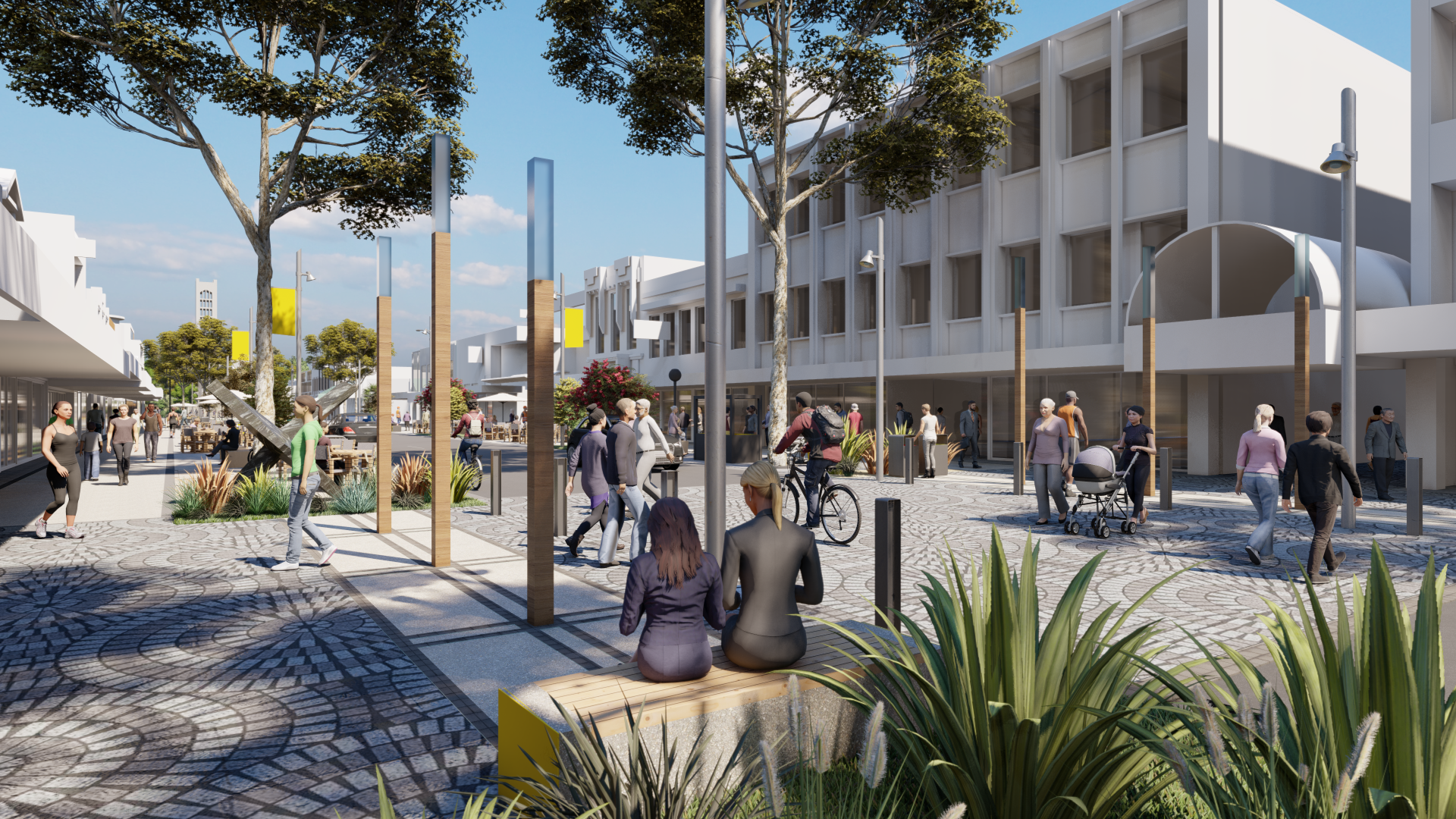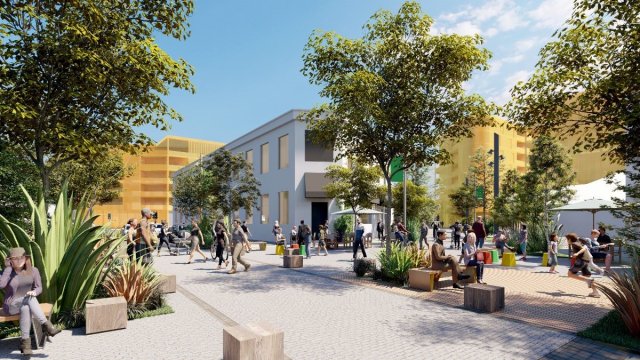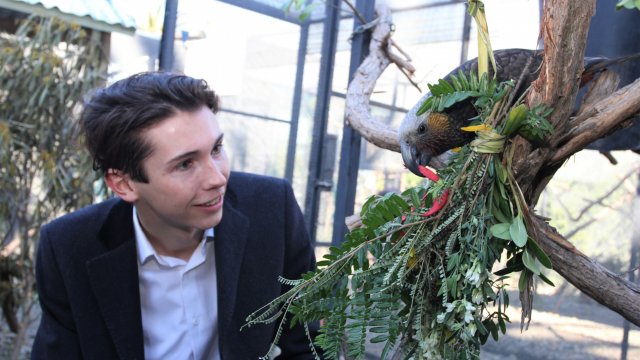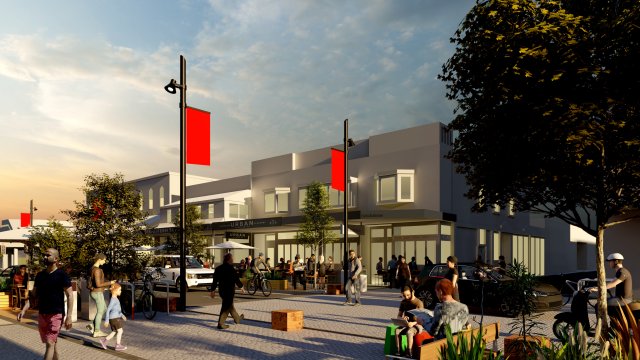Raising Residents: a local architect’s thoughts on Nelson’s future
21/09/2021 1:14am
If you ask Pierre Hammond, architect at Arthouse Architects and key contributor to Te Ara ō Whakatū, which city’s urban design inspires him the most, the answer is London.
“But not the ‘Square Mile’.
“It’s the eastern fringe neighbourhoods that have undergone rapid regeneration that I find really inspiring—Shoreditch, Hackney, Stoke Newington.
“These areas are becoming more popular with younger residents who choose to stay local rather than go further afield for their shopping and socialising needs.”
With relatively fewer cars and more pedestrians and cyclists, these London neighbourhoods have been reinventing themselves as places for people, first and foremost.
“It’s been a really inspiring movement to observe over the past decade. The streets of these neighbourhoods have been changing to allow people to interact, meet and socialise on the street and laneway level, rather than behind carparks and glass facades.”
Much like these revitalised neighbourhoods in London, Nelson is planning its own unique transformation into a place where people take priority.
Nelson City Council is seeking feedback on Te Ara ō Whakatū—Nelson Pathways, a draft spatial plan and vision for the future of Nelson’s city centre.
The plan includes eight transformative actions to guide Nelson’s development over the course of the next 30 years.
For Pierre, ‘Raising Residents’, or increasing the number of people living in the city centre, is a crucial transformative action needed to unlock many other aspects of the city’s potential.
“Once we start hitting our target in the plan to provide a range of residential living options in the city, the other actions will seem obvious.
“More housing options in the city means our streets will be busier with people. Busier streets will activate more nightlife; shops will not only fill up but also stay open later; hospitality options will thrive and grow alongside new ones shifting into the city.
“From there, developing linked up laneways, greener streets and places for people to stay and play will become an integral part of drawing more people to city centre living.”
One aspect of the plan that would make the city more attractive to residents, visitors and businesses alike is the redevelopment of Bridge Street into a linear park.
A linear park is a former transport thoroughfare reimagined as a ‘green corridor’ to promote recreation, connectivity and biodiversity.
Parks and open spaces—well known for improving our physical and mental health—will not only be important to provide easily accessible green spaces for city centre residents, but also make our city a more desirable place to work and visit.
Pierre says the proposal to turn Bridge Street into a linear park really gets his imagination going.
“As a cyclist and city centre worker, I find the prospect of moving in and out of this green corridor very exciting.
“We often cycle into the market with our two little kids. To have that green link to the cycle routes, where vehicles move slower and we don’t have to worry about the kids being hit by cars, would be absolutely priceless.”
Submissions are currently open for people to have their say on Nelson City Council’s vision for the future of Nelson.
For information on how to make a submission, please visit Shape Nelson.
If you have questions about the plan or want to learn more about a project, you can contact us by calling 03 546 0200 or emailing submissions@ncc.govt.nz.




